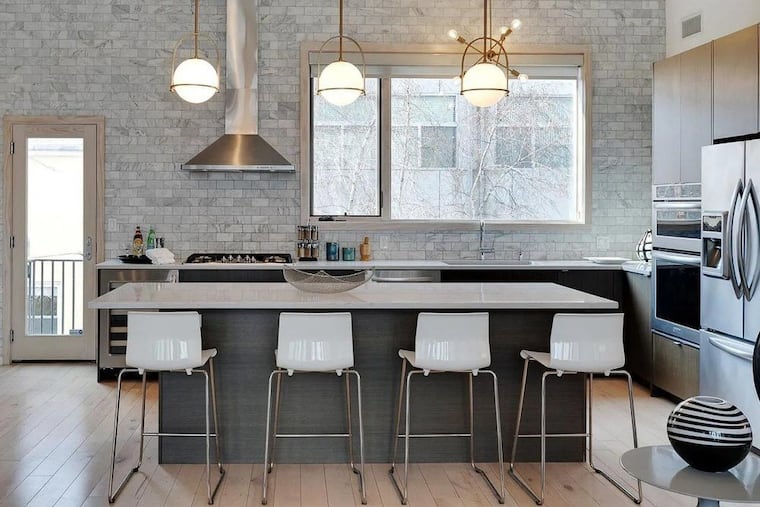Proven Home Staging Tips from a 20-Year Veteran in Real Estate Sales
Homebuyers often confront challenges when envisioning their existence within a home that is either occupied or devoid of furnishings. This is where the concept of home staging gains significance. Home staging involves the deliberate arrangement of furniture and decor—often provided by a third party—in a manner designed to entice prospective buyers and help them visualize the potential of the space.
According to a recent report from the National Association of Realtors, certain areas of the home, notably the living room, primary bedroom, and kitchen, play a crucial role in the effectiveness of staging. The findings are based on a survey of over 1,200 NAR members, which indicates that approximately 30% of agents observed an increase in home offers ranging from 1% to 10% for staged properties. Additionally, nearly half of the agents reported that staging a home expedited the sales process.
The financial aspect of home staging is also noteworthy. The median cost for professional staging services hovers around ,500, while homeowners staging their properties through their real estate agents incurred a median expense of 0.
For a deeper understanding of the local staging market, insights were gathered from Starr Osborne, founder of Tailored Transitions, a Philadelphia-based home staging firm established in 2004. Osborne’s expertise extends throughout the region, offering services that range from personalized home staging advice to providing a curated selection of furnishings, artwork, and accessories from her warehouse.
Staging involves a strategic approach that aims to appeal to the potential buyer’s demographic. It differs fundamentally from interior design, which typically caters to a singular client’s preferences. Effective staging invites buyers to imagine themselves living in the space, thereby fostering a connection that enhances the property’s appeal.
Effective home staging entails a multi-faceted strategy. Basic improvements—such as thorough cleaning, fresh paint, and attention to landscaping—are often vital first steps. In some cases, this may involve removing excess personal items or making suggestions for aesthetic alterations that can significantly transform a space.
Taking the unique characteristics of the home into account, staging methods are adjusted based on the target demographic. For instance, staging an urban rowhouse could draw in younger families, while a larger, historic residence might appeal to a different market segment. This collaborative process ensures both the home staging team and real estate agents are aligned with the market’s needs.
A successful staging delivers an environment devoid of overly personal items, allowing potential buyers to envision their own lives within the home. This is especially vital in a time when buyers have heightened expectations for property presentations, influenced by popular home improvement shows.
Ultimately, the impact of strategic staging can be profound. Homes that are meticulously staged not only attract buyers faster but also tend to secure stronger offers. Many properties witness sales within a 30-day timeframe, underscoring the effectiveness of professional staging services across various market segments.
Misconceptions regarding home staging often arise from a belief that it predominantly involves filling vacant new builds with furniture. In reality, the more challenging and nuanced aspects involve enhancing homes that are currently occupied. This complexity requires a thoughtful approach to balance the needs of sellers with the aspirations of potential buyers. Effective communication is key, ensuring sellers understand that modifications aim to showcase their home’s best qualities without undermining their personal taste.
In an increasingly competitive market, implementing staging strategies effectively may well determine the success of a home’s sale.
Media News Source







